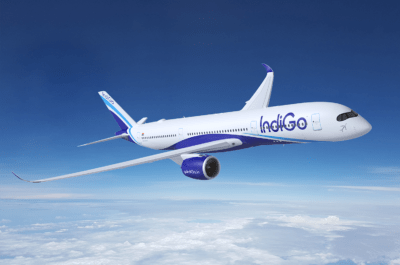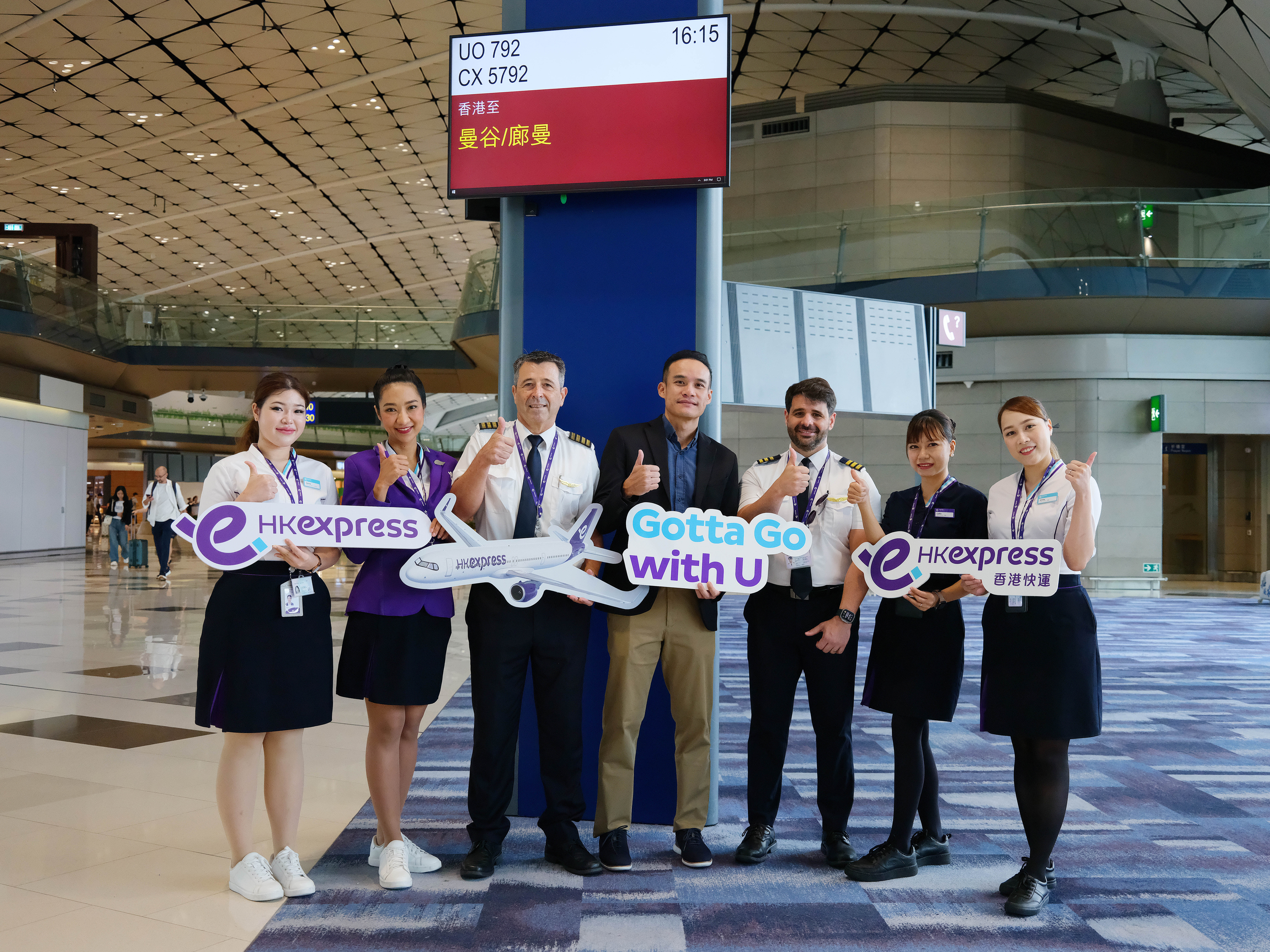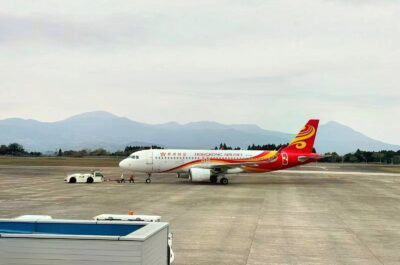…
Assess all Areas
Safety is the industry’s number one priority. Impressive results in recent years have not weakened the commitment to zero accidents, as a plethora of new initiatives demonstrates
Accident rates for 2010 hit an historical low. For the industry, it was one Western-built jet hull loss per 1.6 million flights; for IATA members it was one hull loss per four million flights. Since 2001, safety has improved 42%.
The results are no surprise given the extensive work done in recent years. The IATA Operational Safety Audit (IOSA) is now mandatory for member airlines and has been endorsed at state level in many countries as part of a safety oversight program. There are now more than 130 non-IATA IOSA carriers. IOSA registered carriers represented more than 60% of all flights in 2010, with an accident record significantly lower than the world average. The IATA Safety Audit for Ground Operations (ISAGO), pilot training, aircraft systems, and data sharing are among the many other areas that have raised the bar.
The challenge is to build on these excellent foundations. Every avenue of improvement is being explored. “The highly successful IOSA program was developed 10 years ago and airlines began implementation eight years ago,” says Guenther Matschnigg, IATA Senior Vice President for Safety, Operations, and Infrastructure. “This is why we are developing an enhanced program for the next ten years to ensure safety levels continue to climb.”
Aside from a number of enhancements to the audit itself, the main driver for change is the process behind the audit. To help strengthen airlines’ own safety management programs, carriers will become more involved in the audit. Delegating some of the responsibility to the airline ensures safety becomes a continuous process and helps instil the right culture throughout an organization. A third party audit will still occur every two years. Canada’s Air Transat is among the first airlines trialling the new idea. The concept already has the green light from two of the main regulators, the US Federal Aviation Administration and the International Civil Aviation Organization.
Work on IOSA will tie in with the concept of a Circle of Excellence. By streamlining the varied audits essential to the modern industry, the Circle of Excellence will support the airlines’ drive for efficiency through global standards. IATA alone conducts five audits; IOSA, ISAGO, De-Icing, Fuel, and Drinking Water. The latter three use a pool of airline experts. The Circle of Excellence will ensure that any airline involvement is optimized, improving resource allocation and creating accepted global norms. Additionally, the Circle of Excellence will harmonize with new IATA audits on security and the environment that are in the planning phase.
Work on this multitude of audits generates a wealth of valuable data. Sharing internal audit data from regulators and the industry to enhance safety is the goal of the Global Safety Information Exchange (GSIE). IATA, ICAO, the US Department of Transportation, and the European Commission (EC) have all signed up to GSIE. It will tear down silos within the industry and sharpen focus on critical areas. Supplementing this effort, ICAO and the EC recently agreed on a common categorization for accident reporting, further boosting safety development.
Two other decisive areas need to be tackled. First, more aviation professionals are needed to allow the industry to grow safely. Training, such as the introduction of the multi-crew pilot license, has improved, but the real test will be attracting enough new blood. Second, the right infrastructure is essential. That means airspace and airport issues must be resolved satisfactorily. Big ticket items include a Single European Sky, NextGen, and the Seamless Asian Sky -but work must also be done on extra runways and implementing new navigational techniques.
“Capacity problems are an obvious issue from a safety perspective,” says Matschnigg. “We also need to acknowledge that the roles of pilots and controllers are changing thanks to better hardware. The entire aviation chain needs to be aware of these changes. We can’t leave anyone behind. A perfect safety record will need the input and support of all aviation stakeholders.”
Fatigue has been increasingly cited as a factor in accidents
In response to the need to manage fatigue-related risks, ICAO approved amendments to Annex 6 Part I to include Fatigue Risk Management Systems (FRMS) Standards and Recommended Practices (SARPs).
Utilizing scientific understanding of the relationship between human fatigue and performance, in an effort to manage the balance between what is technically possible with what is humanly possible, is a significant step forward for safety.
The Fatigue Risk Management Systems (FRMS) Implementation Guide for Operators has been jointly developed and released by IATA, ICAO, and the International Federation of Airline Pilots’ Associations (IFALPA). The guide provides valuable insight into the methodology and framework for implementing an effective fatigue management program, and the science supporting it. All of the difficult discussions and negotiations have already been overcome, ensuring that the focus remains on safety and that the approach to managing fatigue is globally consistent and acceptable to all stakeholders.
“Safety is aviation’s number one priority and we all share in the responsibility to protect the lives of passengers and crews,” says Nancy Graham, ICAO Director, Air Navigation Bureau. “The collaborative process for developing the FRMS Guidance is a perfect example of what can be achieved when we commit to finding and implementing a common solution.”
Airlines now have the opportunity to progress from the prescriptive time-fixed approach that stipulates pilots and crew have a maximum number of work hours during a given time period, to a risk-based approach utilizing the latest scientific principles, together with operational experience and knowledge.
Emirates, Qantas, and Air New Zealand have all trialled the new concept successfully.
Despite these trials, FRMS is a new and complex concept for the vast majority of airlines and regulators. To facilitate a common understanding among all stakeholders of the intent as well as the implications of the ICAO FRMS SARPs, seminars on FRMS will be organized through a series of six workshops in 2012. Operators, regulators and flight crew are all invited and strongly encouraged to attend.
Training for Tomorrow
Forecast growth for the industry still centers on an average 5% per year. In recent years, airlines have put in record orders for new aircraft, in part to cope with this expected increase. It adds up to a requirement for more pilots and engineers.
The first task for any improved training programs is to encourage enough recruits to ensure the industry can grow safely.
“Improving training from a safety perspective and making it more attractive to new generations is the goal of the IATA Training and Qualification Initiative (ITQI),” says Guenther Matschnig. ITQI was launched in 2007 to modernize training and ensure it accurately reflects the needs of current and future flight deck operational procedures. For example, the multi-crew pilot licence, which concentrates on the core competencies of pilots in a modern aircraft, gives new pilots relevant training and gets them in the cockpit faster than previous ab-initio methodology by increasing the usage of flight simulation training devices.
IATA focuses not only on ab-initio training but also on recurrent training. Pilot training has been conducted in much the same way for the past 50 years and it is time to change. Evidence based training, as promoted by IATA, ensures that the right skills and competencies of pilots are being developed by adapting training requirements based on evidence such as lessons learned from previous incidents and accidents. “We need to train skills that are missing and not keep repeating those that are already there,” says Matschnigg.
A lot of work remains to be done, however, and workforce numbers will remain in the spotlight for the foreseeable future.
The harmonization of training requirements and the permeability of licenses are also under scrutiny. There are still big differences between Europe and the United States as well as other idiosyncratic requirements around the world. The shift in aviation markets and potential shortfalls in pilots means that it is essential that a license valid in country A is applicable in country B.
IATA continues to work closely with ICAO to resolve this matter. Proposals on how to standardize the various needs of countries are expected to be published next year.
Improving African Safety
Africa remains a problem region for aviation safety. The hull loss rate in 2010 was 7.41 per million flights, better than the 9.94 in 2009 but still 12 times worse than the global average.
Put another way, African carriers account for 2% of global traffic but 23% of global Western-built jet hull losses.
The vast majority of the accidents involve non-IATA airlines and countries with poor oversight programs. In fact, non-IATA operators contributed 80% of Africa’s Western-built jet hull losses from 2008 to 2010. “But an accident is an accident,” says Guenther Matschnigg. “It affects the whole industry.”
Improving safety in Africa is an ongoing commitment. The IATA funded Implementation Program for Safe Operations in Africa (IPSOA) ensured that flight data analysis tools are available to all IATA carriers in Africa, and routine workshops made certain that these carriers knew how to use the data effectively.
Results from the FDAs have helped participating airlines reduce deviations from optimum flight trajectories by 56%. The top five airports with unstable approaches have also been identified. It proves the value of flight data analysis tools and all the data collected will help develop safety programs targeted at specific challenges.
“From 2008 to 2010, runway excursions remained the main concern of the region,” says Gaoussou Konate, Regional Director for IATA’s Safety, Operations and Infrastructure, Africa. “Out of 10 Western-built jet hull losses, seven were runway excursions. The effective use of FDA through IPSOA protected IATA members’ operations from this regional challenge.”
Two big pushes will benefit the region in 2012: new training techniques will be promoted at every opportunity to bring the region up to international standards, and IATA will integrate the IPSOA program into its Global Safety Information Center (GSIC), allowing all carriers in Africa to share flight data on a continent wide basis for the first time. A lot of African carriers are not IATA members and so getting governments involved is the most direct method of forcing through the improvements needed. Engaging with all stakeholders and areas of operations will create a virtuous cycle of sustainability.
Alongside this, work will continue on developing infrastructure. Funding improvements is a particular issue and IATA is working to have monies raised through user charges reinvested back into aviation infrastructure programs. IATA is also assisting with the rollout of performance-based navigation (PBN) in line with a 2007 ICAO resolution. Nigeria is the first West African country to embrace a PBN strategy that will cover 24 airports across the country.
IATA is working with key stakeholders to conduct an Aviation Safety Summit in May 2012 to get an agreement on a regional action plan to be implemented by airlines and states.
TravelDailyNews Asia-Pacific editorial team has an experience of over 35 years in B2B travel journalism as well as in tourism & hospitality marketing and communications.





























![[PR] PR_Ascott and Vimut Hospital_2024](https://www.traveldailynews.asia/wp-content/uploads/2024/04/PR-PR_Ascott-and-Vimut-Hospital_2024-400x265.jpg)


















































